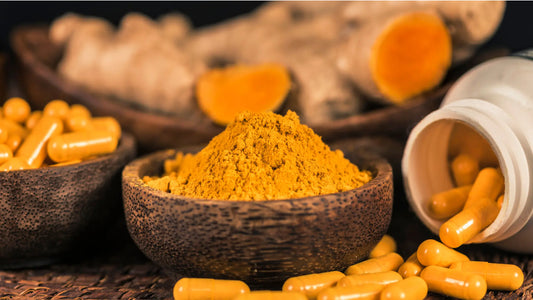
How to Increase Platelets Count Naturally: Platelet Count Guide
Platelets, or thrombocytes, are essential blood components that help the body form clots and prevent excessive bleeding. They play a vital role in healing and immune function. If you're wondering how to increase platelet count naturally, this guide is designed to help, especially for those searching online or looking for natural, reliable solutions.
What Is a Normal Platelet Count?
A healthy platelet count typically falls between 150,000 and 450,000 platelets per microliter of blood. When platelet levels fall below this range, the condition is known as thrombocytopenia. Conversely, when they rise significantly above this range, it may indicate thrombocytosis. Both scenarios require understanding and proactive health management.
Causes of Low and High Platelet Counts
Many factors can affect your platelet levels. Viral infections such as dengue, COVID-19, hepatitis, and malaria often lead to sudden drops in platelet count. Autoimmune diseases like ITP (immune thrombocytopenia) may cause the immune system to mistakenly destroy platelets. Nutritional deficiencies, particularly in iron, vitamin B12, and folate, also contribute to low counts. On the other hand, high platelet levels can be caused by bone marrow disorders, chronic inflammation, surgery recovery, or even cancer.
Symptoms to Watch Out For
If your platelet count is too low, you may notice symptoms like frequent bruising, prolonged bleeding from cuts, gum or nosebleeds, or small red spots (petechiae) under the skin. High platelet counts may present as headaches, dizziness, or a tingling sensation in the hands and feet, and in more serious cases, blood clots or stroke-like symptoms.
Nutrition for Platelet Support
One of the most effective ways to improve platelet count is through targeted nutrition. Foods rich in iron, like spinach, lentils, and tofu, can support blood production. Citrus fruits such as oranges and amla enhance iron absorption due to their high vitamin C content. Folate-rich foods like beans and avocados assist with cell regeneration, while vitamin B12 from dairy and eggs supports bone marrow health. Staying well-hydrated is also critical, as dehydration can impair blood circulation and reduce the body’s efficiency in producing platelets.
Natural and Ayurvedic Remedies
Several natural remedies are trusted for their platelet-boosting properties. Papaya leaf extract is widely used for its rapid effects, especially during dengue recovery. Giloy (Tinospora cordifolia) is an Ayurvedic herb known for its ability to enhance immunity and support platelet health. Colostrum, packed with immunoglobulins, has shown promise in helping the body recover from platelet-depleting conditions. Other beneficial options include wheatgrass, aloe vera juice, and turmeric.
Lifestyle Habits That Help
Chronic stress, lack of sleep, and lifestyle choices like alcohol consumption and smoking can suppress the production of healthy platelets. Practicing yoga, mindfulness, or deep breathing exercises can help reduce stress and boost immune function. Gentle exercises such as walking or stretching are also beneficial for promoting circulation and overall vitality. Ensuring 7–8 hours of sleep every night is vital to allow your body time to regenerate.
Countlet: A Natural Supplement for Platelet Health
If you're looking for a natural and effective supplement, Countlet by Gencleus provides a powerful blend of papaya leaf, giloy, and colostrum. It's an easy-to-use, doctor-formulated option designed to support individuals recovering from dengue, ITP, or general immunity-related conditions. With scientifically backed ingredients, Countlet helps enhance the body’s natural ability to raise platelet counts.
FAQ:
Q: How can I increase my platelet count naturally?
A: Eat iron-rich foods, papaya leaf extract, hydrate well, and try Countlet for support.
Q: What fruits help improve platelet levels?
A: Papaya, pomegranate, oranges, and amla are highly recommended.
Q: Is there an Ayurvedic treatment for thrombocytopenia?
A: Yes. Herbs like giloy and papaya leaf are commonly used in Ayurveda to support platelet health.
Q: Can I raise platelets at home without medicine?
A: Yes. A healthy diet, rest, stress management, and natural supplements can help.
Q: What is Countlet?
A: Countlet is a natural supplement from Gencleus that supports healthy platelet production using papaya leaf, giloy, and colostrum.



